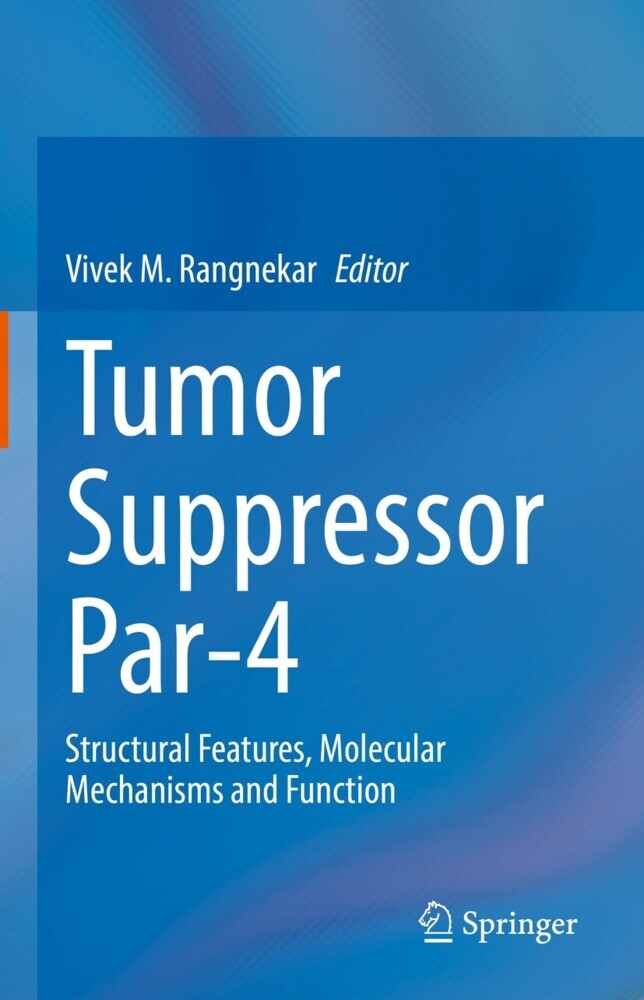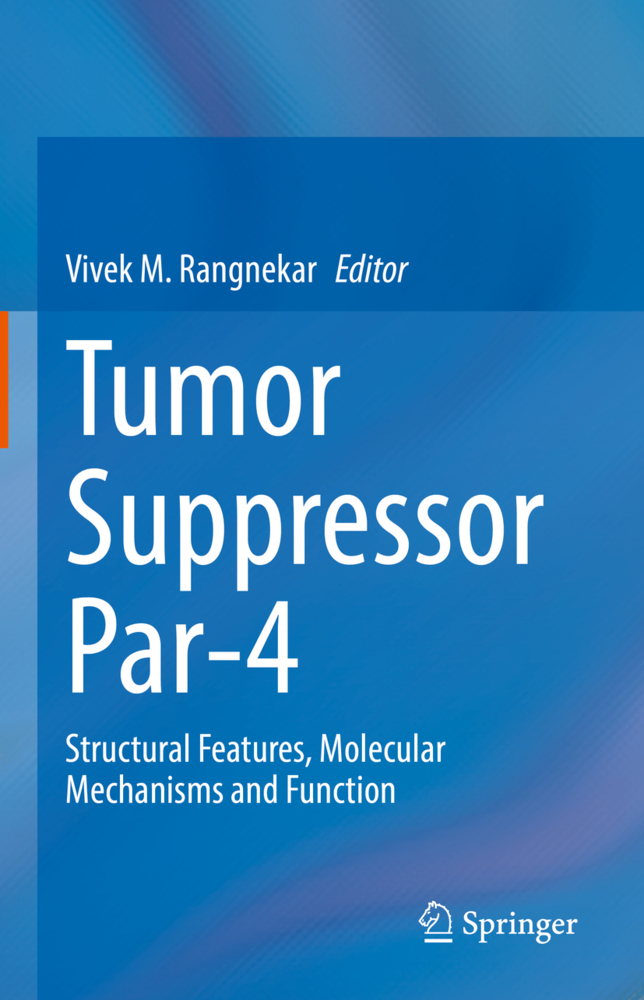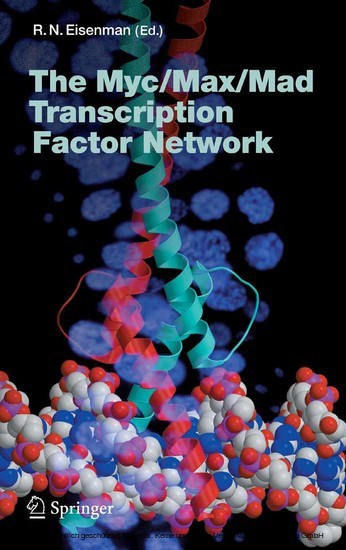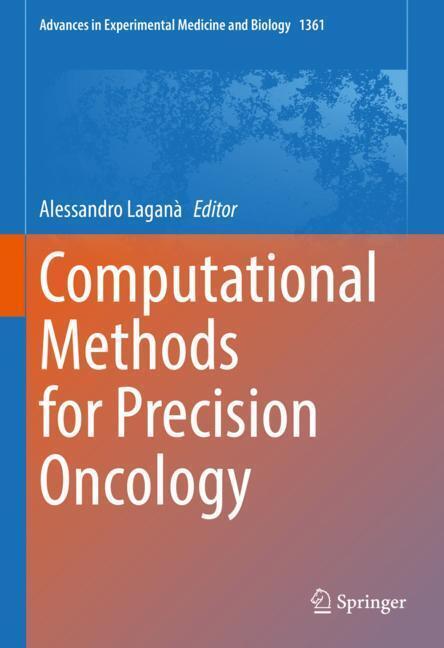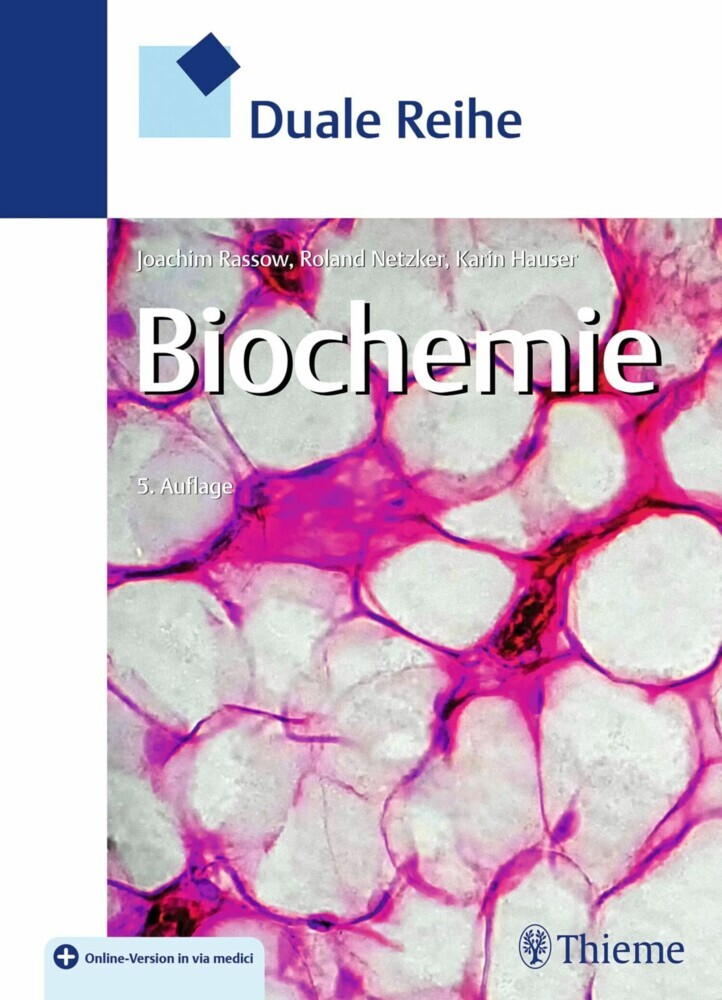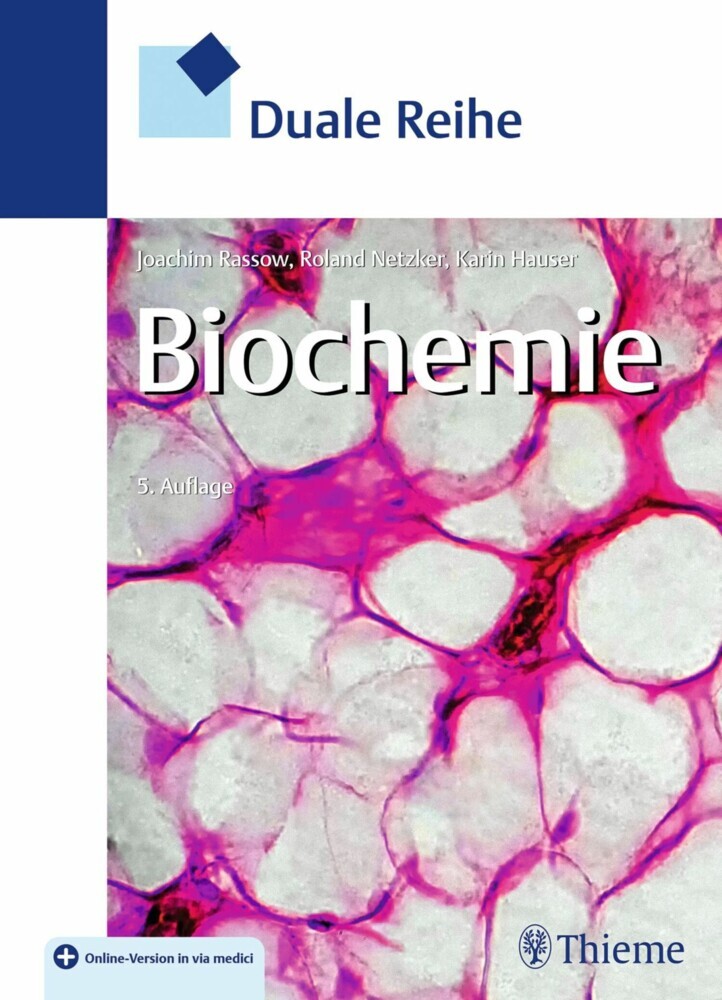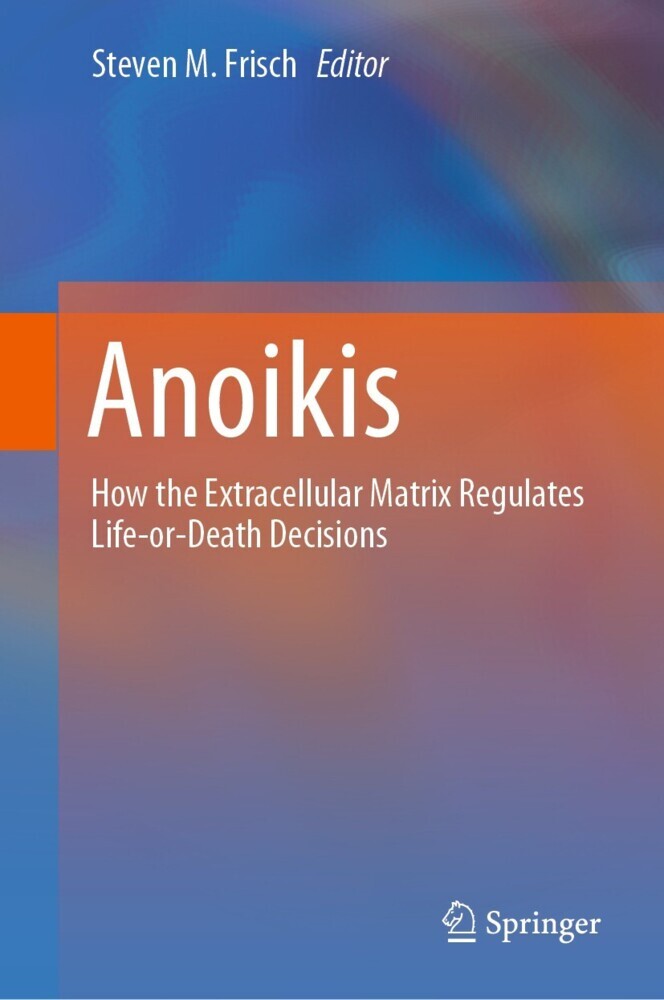Tumor Suppressor Par-4
Structural Features, Molecular Mechanisms and Function
Tumor Suppressor Par-4
Structural Features, Molecular Mechanisms and Function
Par-4 is a tumor suppressor protein first discovered and identified in 1993 by Dr. Vivek Rangnekar's laboratory in prostate cancer cells undergoing apoptosis. Par-4 (later also known as PAWR) is a naturally occurring tumor suppressor. Studies have indicated that Par-4 selectively induces apoptosis in cancer cells while leaving normal, healthy, cells unaffected. Mechanisms contributing to the cancer-selective action of Par-4 have been associated with protein kinase A activation of intracellular Par-4 in cancer cells or GRP78 expression primarily on the surface of cancer cells. Par-4 is downregulated, inactivated or mutated in diverse cancers. This first of two volumes will be the first on the market on the topic of Par-4, and will provide the opportunity for researchers to discuss the future direction of studies, broaden the scope of research, and contribute a more complete understanding of the molecule's structural features, key functional domains, regulation and relevant basic and clinical/translational facets.
?Vivek M. Rangnekar, Ph.D. is Professor and Alfred Cohen Chair in Oncology Research in the Department of Radiation Medicine and Associate Director of the Markey Cancer Center at the University of Kentucky. His laboratory studies the molecular cross-talk between oncogenes and tumor suppressor genes in an effort to tilt the balance in favor of tumor suppressor function. Dr. Rangnekar originally discovered and identified the tumor suppressor protein Par-4/PAWR in 1993.
?Vivek M. Rangnekar, Ph.D. is Professor and Alfred Cohen Chair in Oncology Research in the Department of Radiation Medicine and Associate Director of the Markey Cancer Center at the University of Kentucky. His laboratory studies the molecular cross-talk between oncogenes and tumor suppressor genes in an effort to tilt the balance in favor of tumor suppressor function. Dr. Rangnekar originally discovered and identified the tumor suppressor protein Par-4/PAWR in 1993.
Rangnekar, Vivek M.
| ISBN | 9783030735722 |
|---|---|
| Artikelnummer | 9783030735722 |
| Medientyp | E-Book - PDF |
| Copyrightjahr | 2022 |
| Verlag | Springer-Verlag |
| Umfang | 323 Seiten |
| Sprache | Englisch |
| Kopierschutz | Digitales Wasserzeichen |

